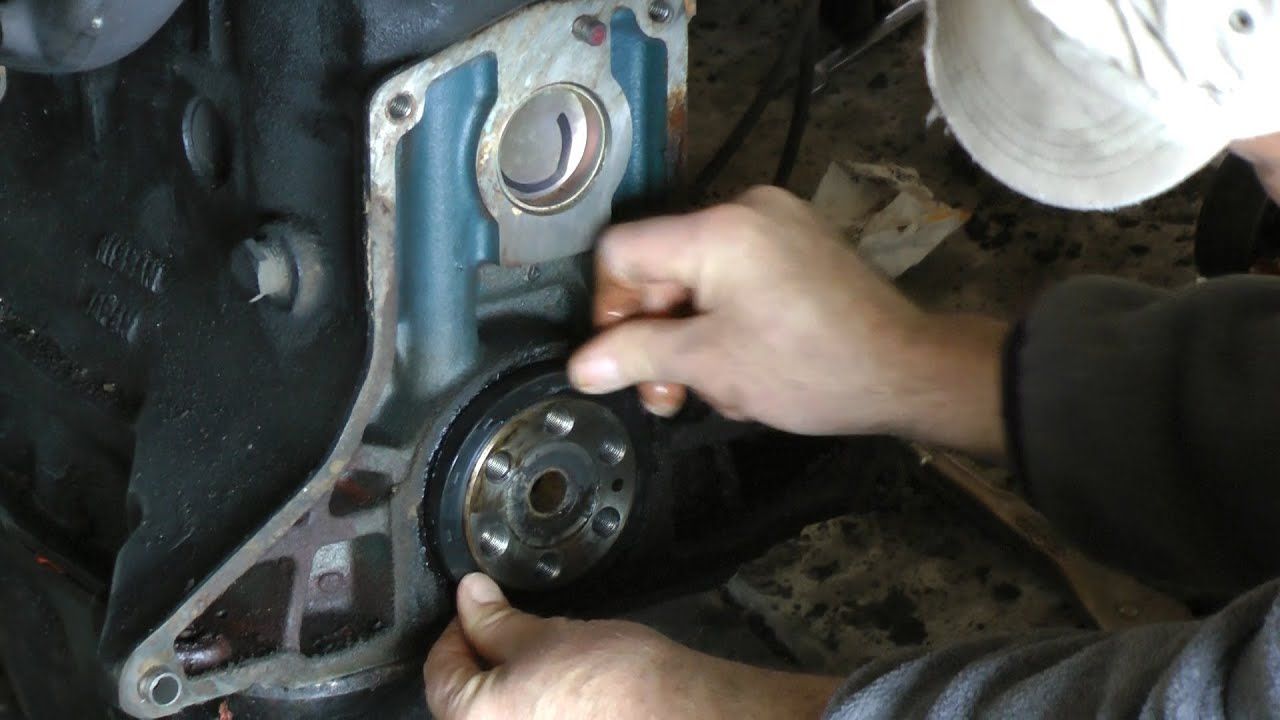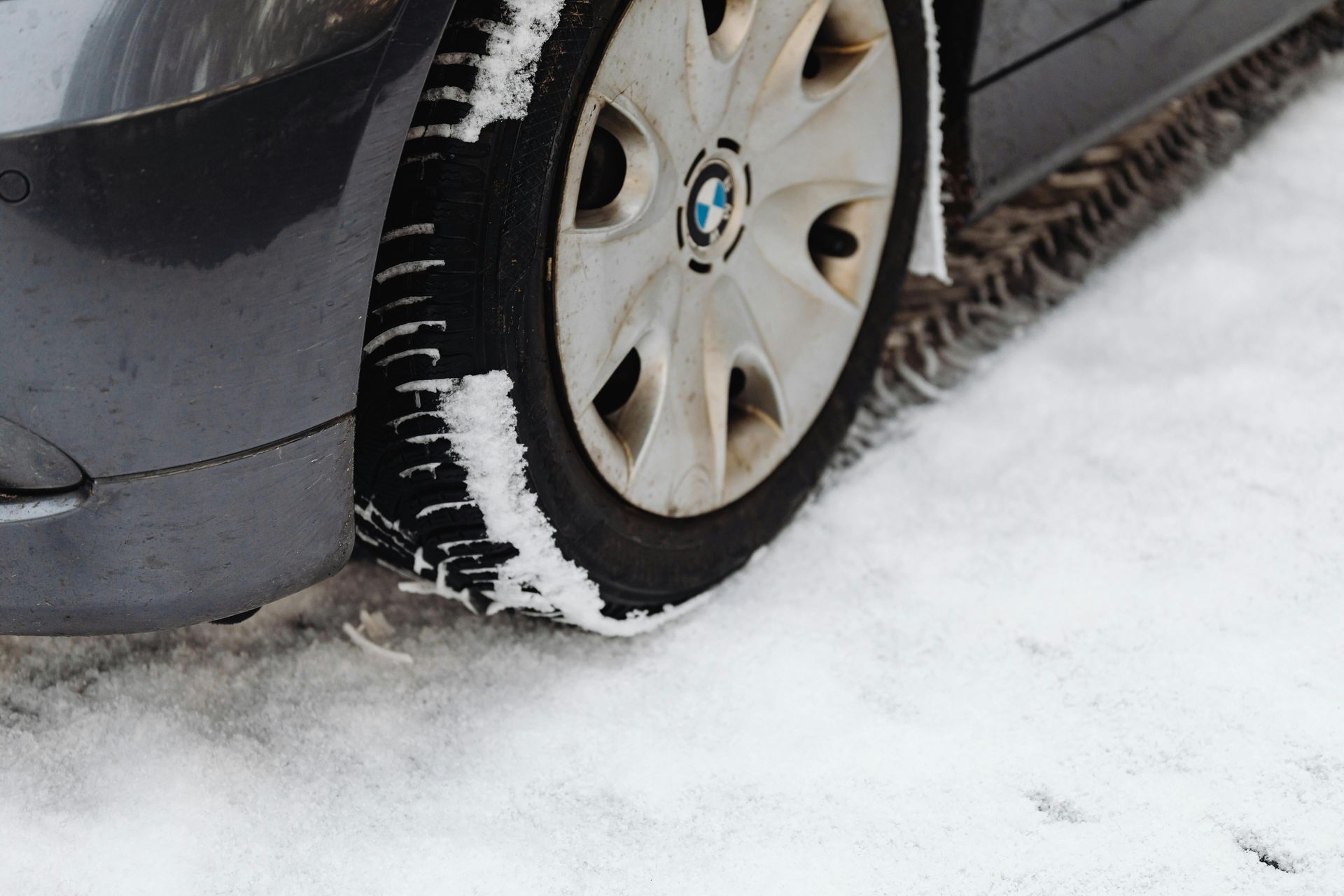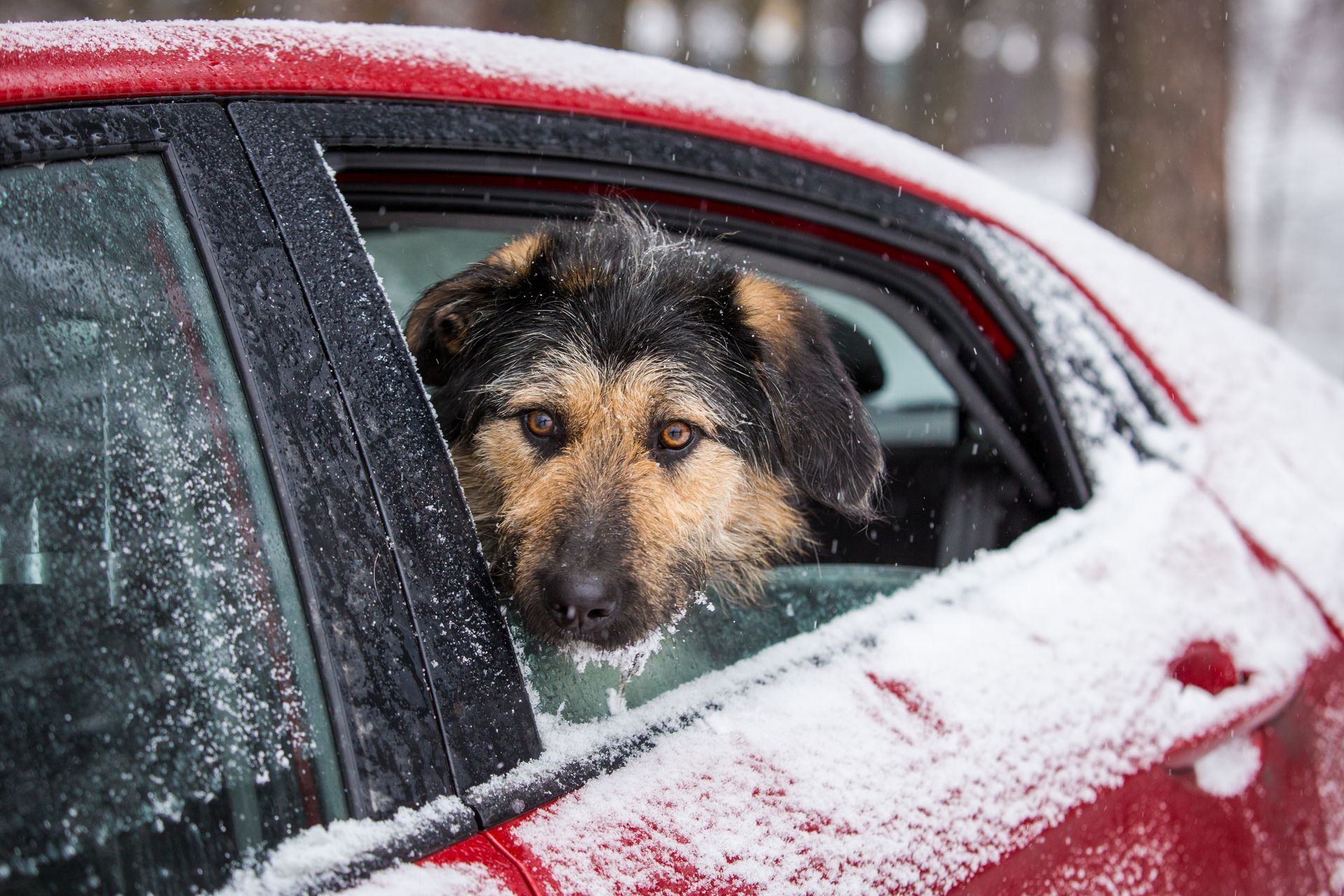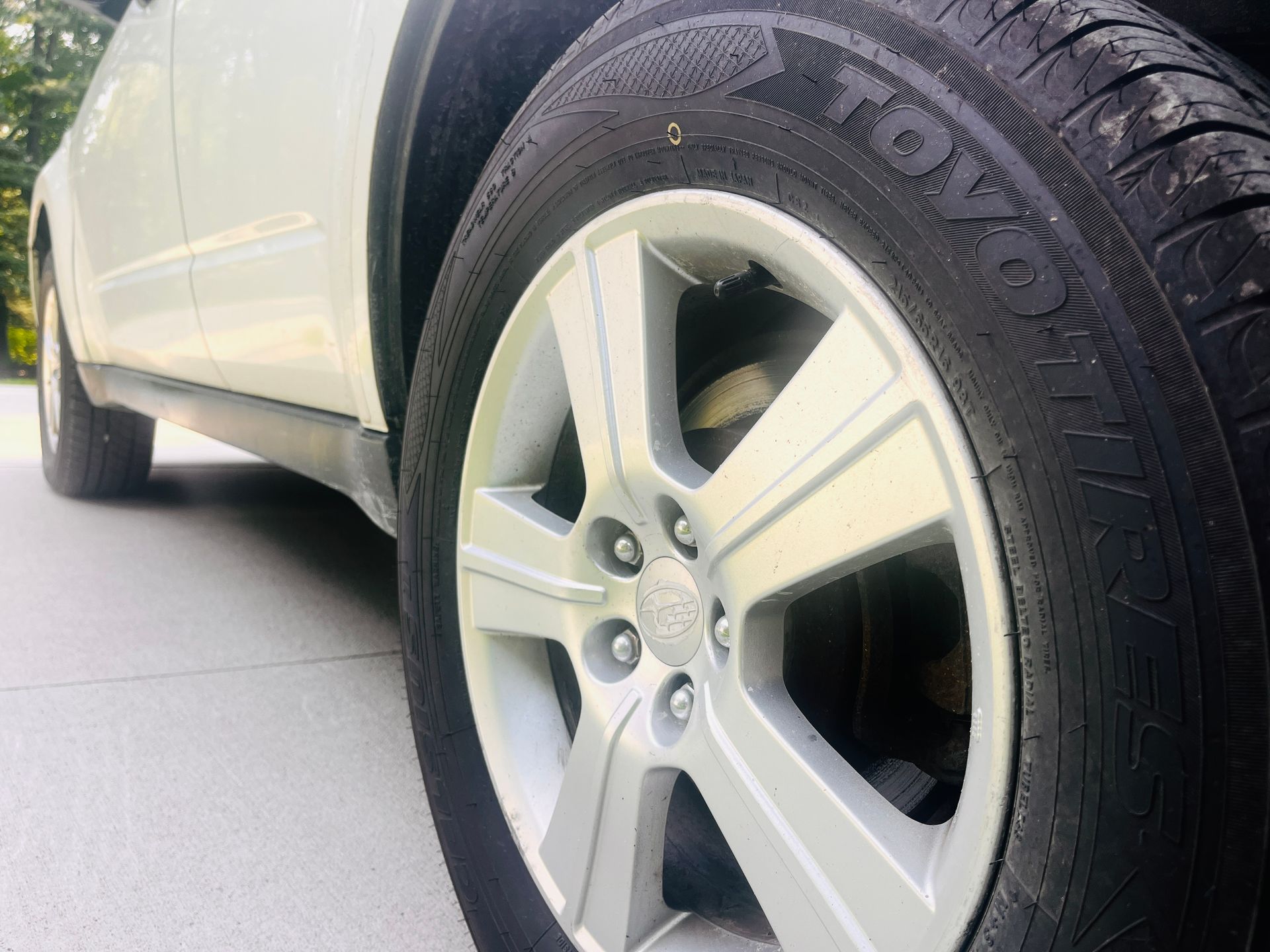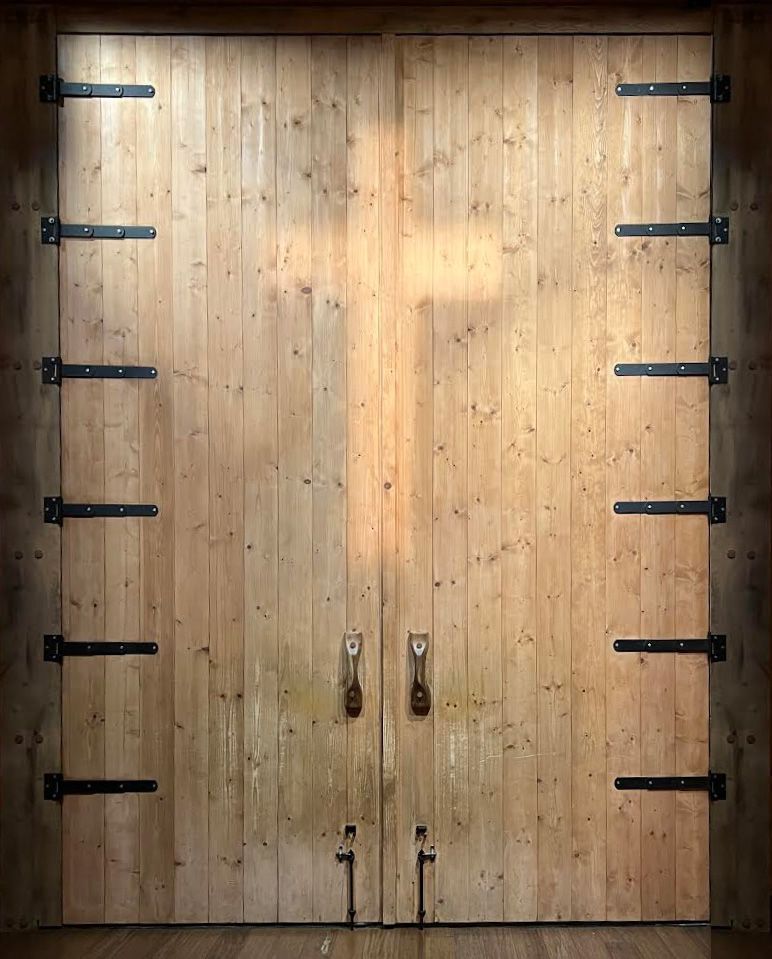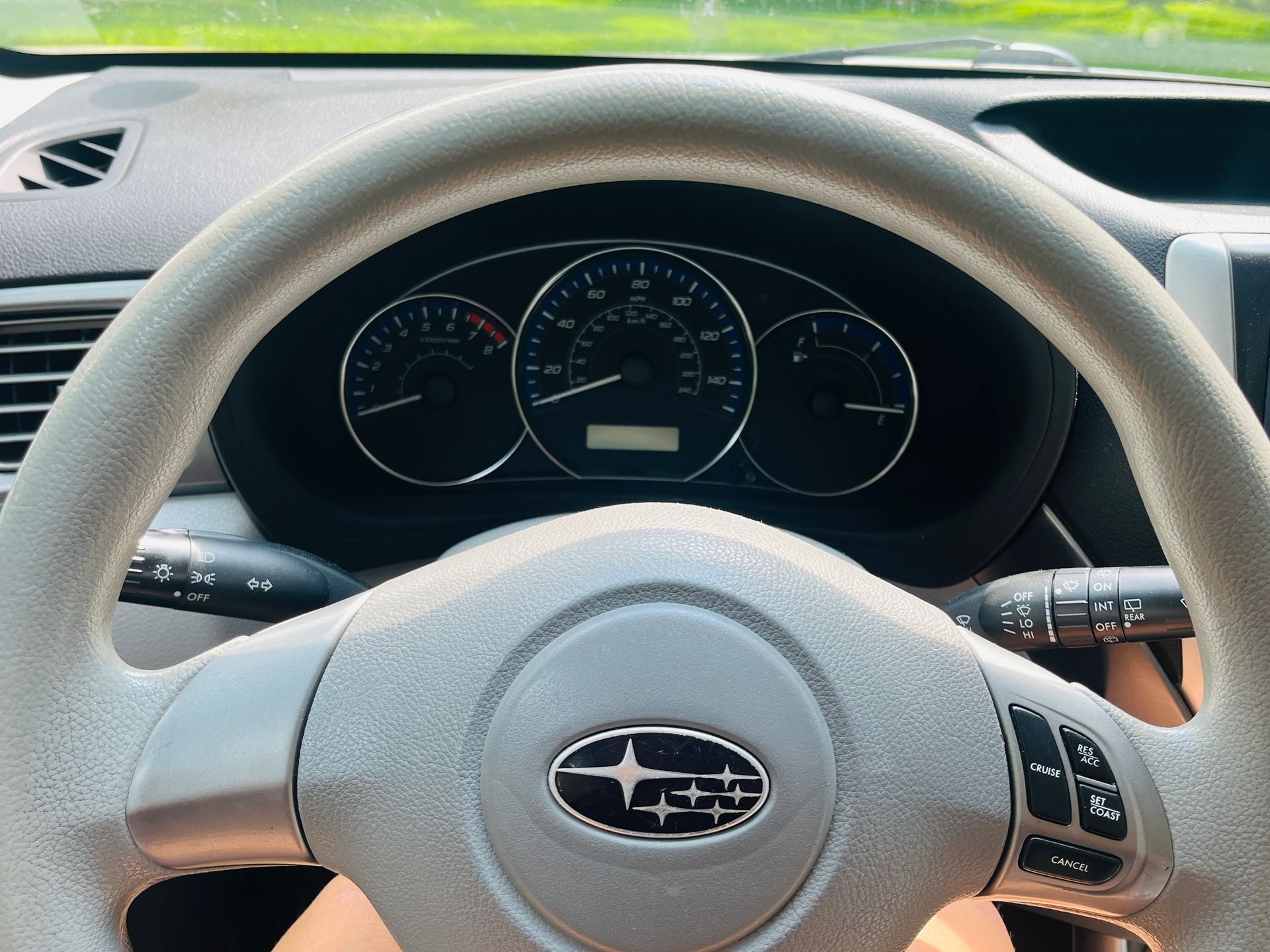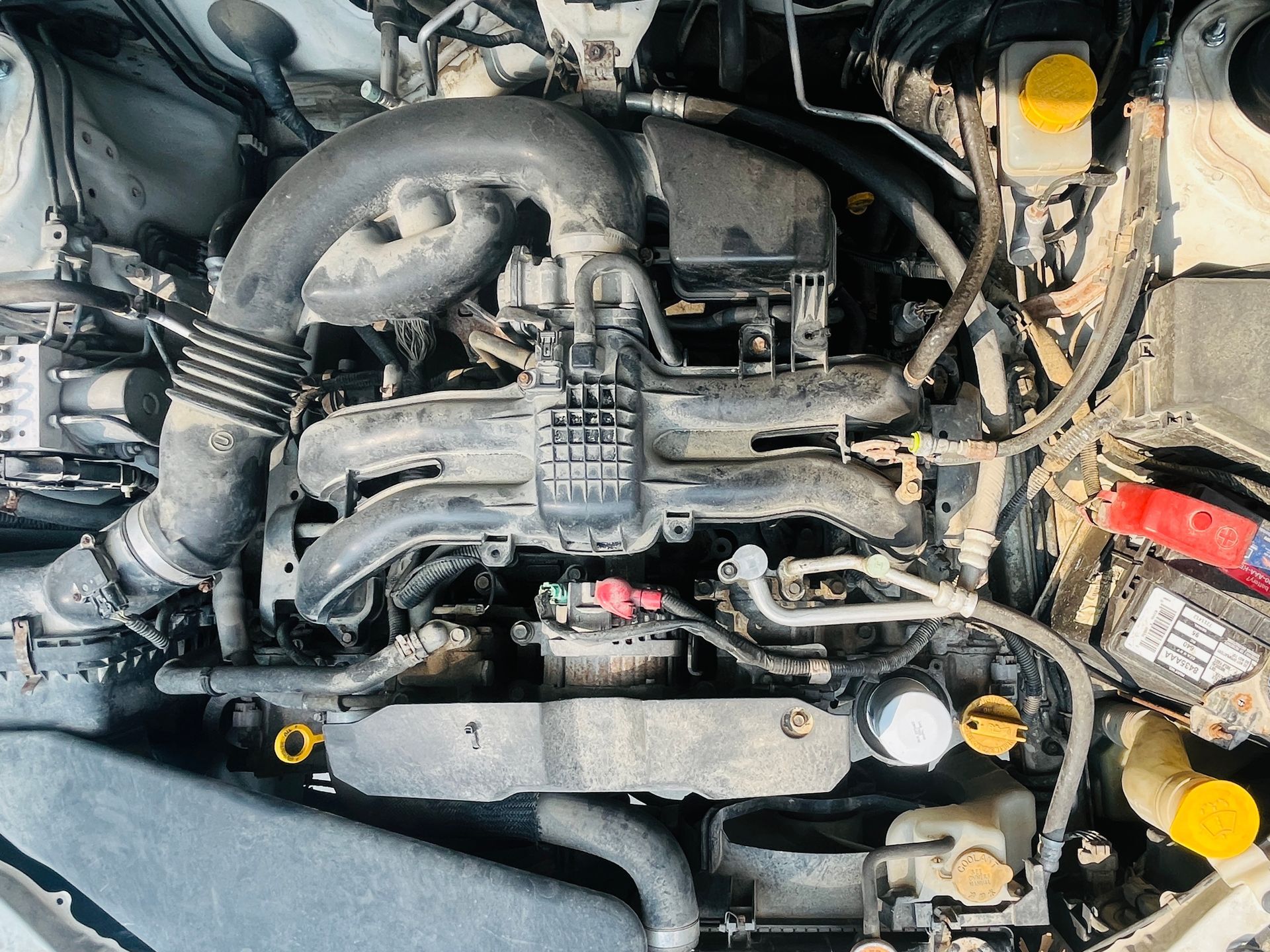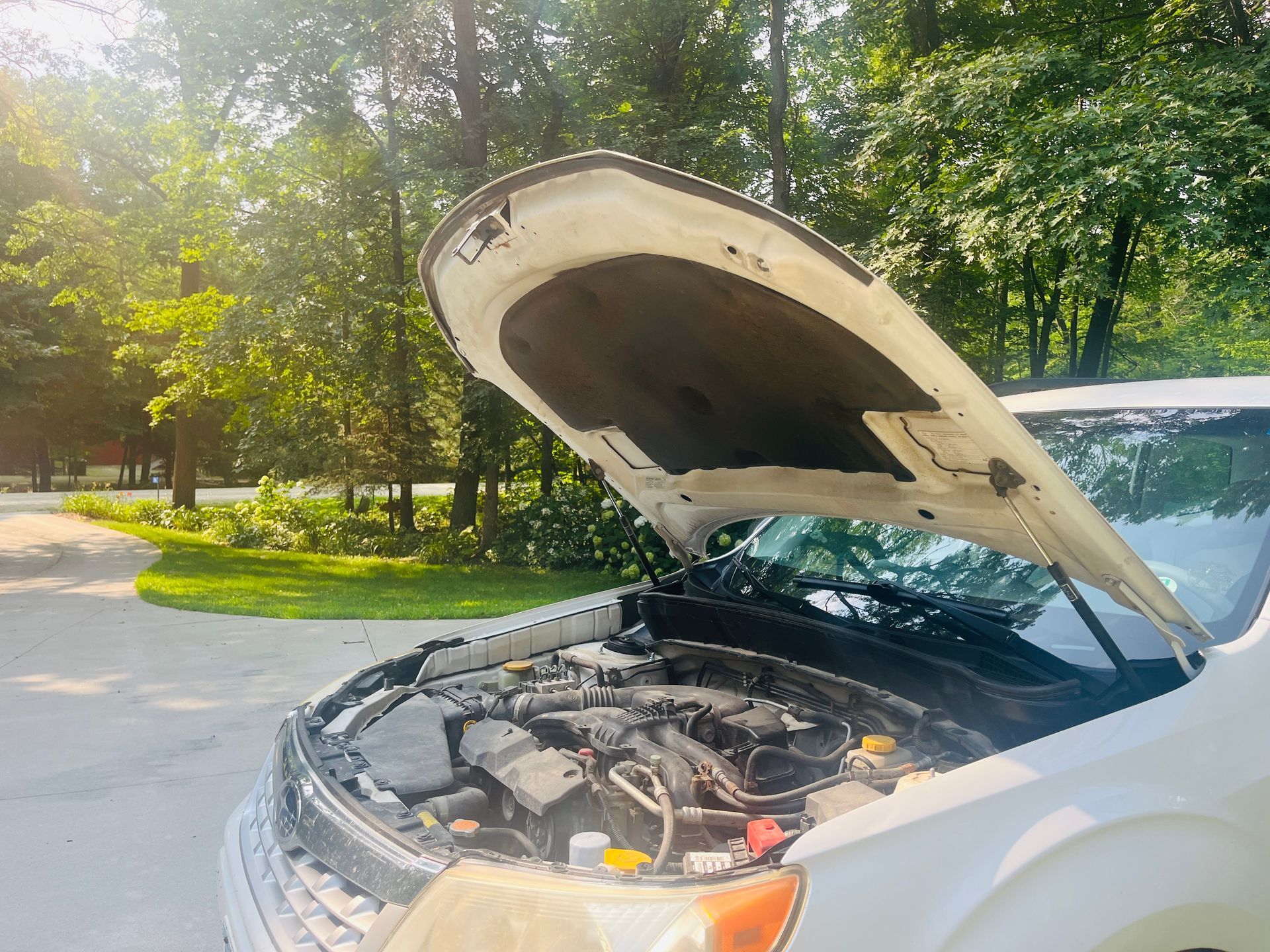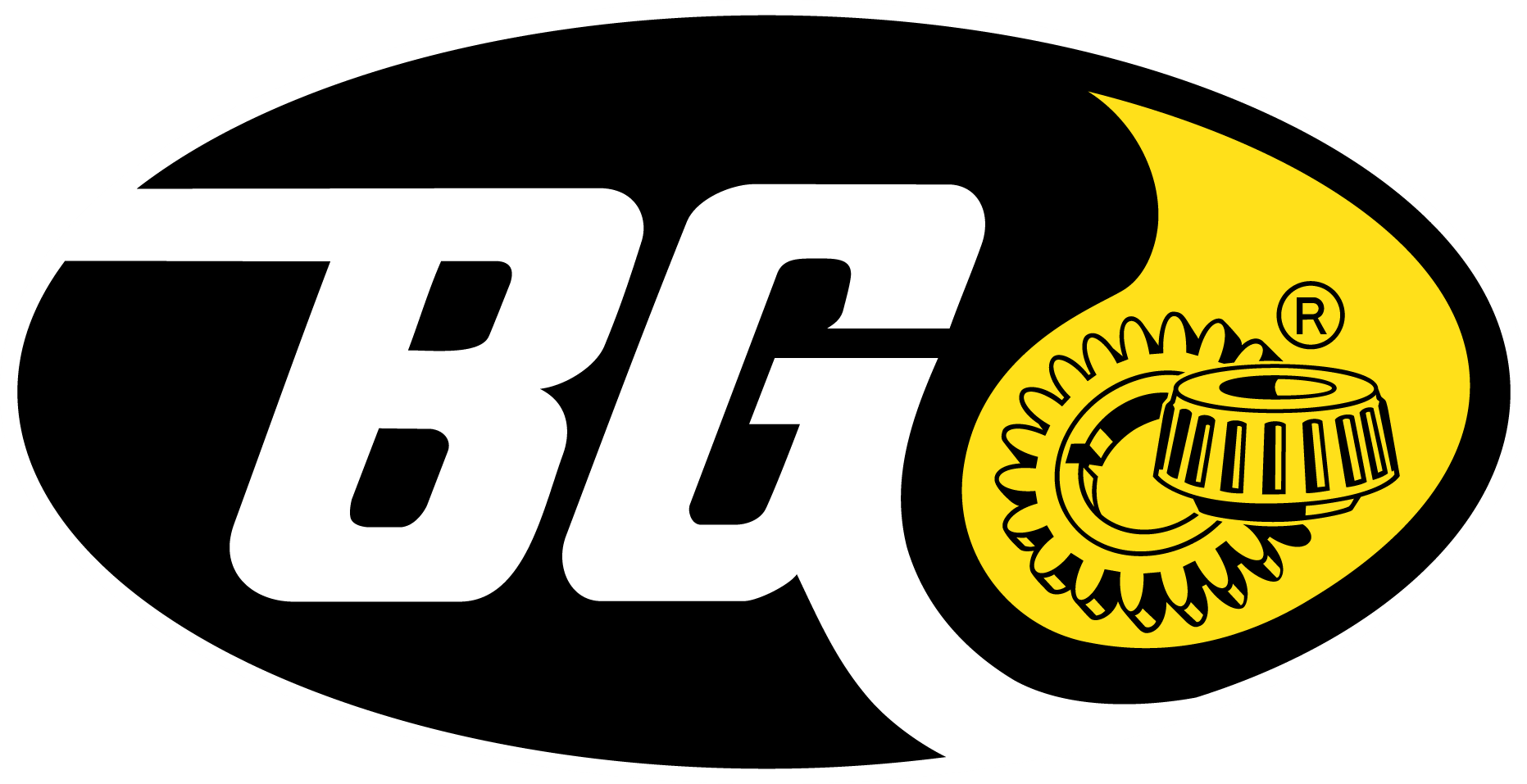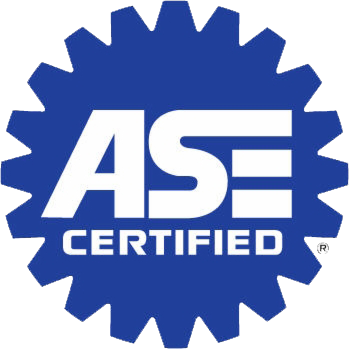Call us: (507) 226-8330
Is your teen prepared to drive?
June 5, 2014
My only daughter (and youngest child) turned 10 last Sunday. How did time go by so fast? It seems like just yesterday I was holding her in my arms for the very first time. I get all choked up just thinking about it. And then I wonder, have I used the last 10 years wisely? Am I training her in the way she should go? Am I doing all the things I'm supposed to do?
Last weekend, she and I went away on our very first girl's weekend. We took in a show, shopped, ate at great restaurants, got her ears pierced, and talked about things moms and daughters should talk about. It was a glorious weekend and a blessing to us both. What a privilege and honor all parents have to guide and train the children we've been entrusted with. How are you measuring up? Wouldn't it be great if each child came with a book and you could just go through and check the boxes when you've completed certain training and tasks. Since that's not the case, we can either fumble through and hope they turn out great, or we can make a concerted effort to train in the matter of all sorts of things, whenever there is an opportunity.
Teaching our teens to drive is a must on the list. Have you gotten there? My philosophy is: I gave birth, my husband can teach them to drive! He did a good job with our first son and number two is less than a year away. I'll say "good luck, honey" as I pray and watch from the sidelines. Oh, but that's not all.
Our children learn more from what we do than what we say. So every single time you or I get behind the wheel with our children in the car, they are learning. What kind of role model are you? Speeding? Talking on the phone? Or are you obeying all of the traffic laws and using that valuable time to talk to your kids? Beyond training them to drive, have you considered educating them on the other responsibilities of car-ownership? Here's a mini-manual to guide you in your efforts.
Give them basics
Do you know your way around a vehicle? Give your son or daughter a tour under the hood. Show them where the engine is, the alternator, battery, transmission and radiator. Did your parents neglect to show all of this to you and you've just relied on mechanics to take care of business? That's okay. It's never too late to learn. Do it together. Google it. Watch Youtube videos with your teen. Make it an unforgettable experience and it will speak volumes for years to come.
Battery beauty
While you are under the hood, give the battery some extra attention. When was it last changed? How do the connections look? Corrosion can lead to bad connections, so teaching your teens how to clean the connections is important. What about jumper cables? Is there a set in the vehicle and where are they located? Demonstrate how to use them.
Focus on fluids
Proper fluid maintenance is essential for a healthy vehicle. Don't rely on illuminating lights on the dash to realize there is a problem. Show your teens where to check fluid levels, how often to change them and, if you are a DIYer, how to change them.
Oil: Make sure your teen knows how to read the dipstick, that the engine needs to be off and that the car should be parked on level ground. Talk about what type of oil the vehicle requires and when, if and how to add oil.
Coolant: Explain the importance of the cooling system, how to check it and what can happen if it's not properly maintained.
Washer fluid: Show them how to add washer fluid and educate them on the importance of not just adding water to the tank (it freezes and is not ideal to clean the windshield properly). This is a good time to segue into the importance of visibility while driving.
Seeing clearly
Visibility is key to safe driving. Make sure the wipers are working properly. If they are not, show your teen how to put on a new set. Check all the lights and encourage your teen to make sure they are changed immediately if one goes out. If a light goes out on your vehicle use this as an opportunity to train your teen on what to do.
Be aware
As you are teaching your teen to drive, teach them also to use their senses.
Look: How do you react when a warning light illuminates on the dash? Do you become frantic? Maybe not if you know what to do about them. But does your teen? Explain what they are and what they should do if they come on.
Listen: Don't allow loud music. Teens need to be aware of their surroundings (emergency vehicles, other vehicles, etc) and they need to be in tune to their own vehicle. What does it "normally" sound like? This will help them be aware if there are abnormal sounds (squeaking belts, squealing brakes, etc) which could be signs of trouble.
Smell: I suppose not all vehicles that teens drive smell the best. But help them to understand the importance of reporting abnormal car smells like burning oil, gasoline, etc.
Check the spare
Teens tend to drive older vehicles in general. The condition of the spare is important. Where is it? Does it have air in it? Is there a jack in the car? This is a great time to show your teen how to change a flat tire. While you are doing this together, talk about the four tires currently on the vehicle. Inspect the tread for wear, look for embedded objects and cracking. Check the tire pressure and be sure it's within the normal range listed on the driver's doorsill. Talk about the importance of tire rotations and alignments.
Training our children is a privilege. As you go forth with yours, be sure you touch on the deep subjects as well as the practical ones. And in everything, be sure you are practicing what you preach! Your car will be healthier, your pocketbook will be fuller (a well maintained car is cheaper than one that needs expensive repairs due to neglect) and your teen will be educated!

